#flemish painting
Text

Ferdinand van Kessel (attributed)
The Dance of the Rats
ca. 1690
#Ferdinand van Kessel#flemish painter#flemish painting#flemish art#flemish artist#baroque#baroque painting#baroque art#baroque artist#rats#animals in art#dancing#17th century#art on tumblr#rodent#beautiful animals#art history#aesthetictumblr#tumblraesthetic#tumblrpic#tumblrpictures#tumblr art#aesthetic#beauty
336 notes
·
View notes
Text

Anthony van Dyck — Lady Elizabeth Thimbelby and her Sister. circa 1637. detail
#anthony van dyck#art#detail#details#painting#art detail#art details#art history#17th century#17th century painting#flemish painting#flemish#van dyck
226 notes
·
View notes
Photo

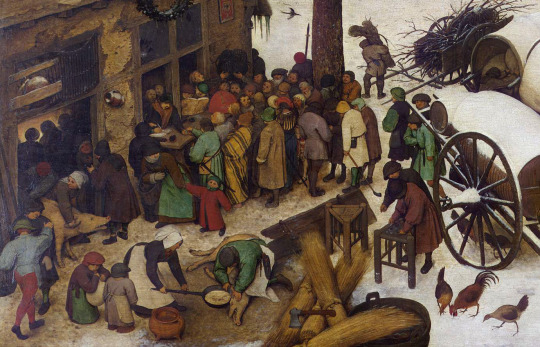

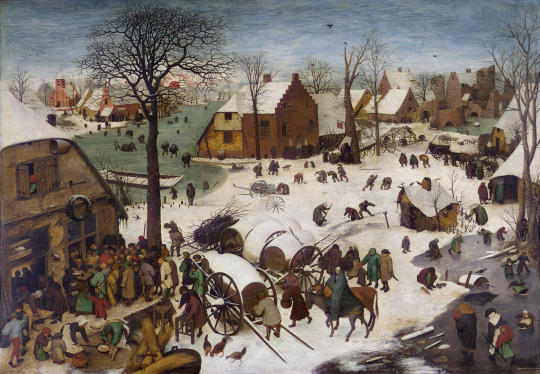

Pieter Bruegel the Elder - The Census at Bethlehem, 1566.
435 notes
·
View notes
Text
In the early 1500s, the church ordered several portraits by Jan van Eyck altered to make the subjects’ skin appear more flawless. One large mole was removed from the Arnolfini Portrait entirely. Only now that restoration has achieved its current technological status are efforts under way to replenish the Flemish blemish.
116 notes
·
View notes
Text

Flemish painter Quinten Massys’s “The Ugly Duchess (An Old Woman)” (1513) may have actually been portraying a man all along.
It was long believed that the subject of the painting was indeed a woman suffering from Paget’s Disease, but Emma Capron, curator of The Ugly Duchess: Beauty and Satire at the National Gallery in London, believes otherwise, citing the figure’s bone structure and dated accessories as well as the context of the artist’s inspirations.
#art#art history#painting#renaissance painting#flemish painting#quinten massys#national gallery#london
36 notes
·
View notes
Text
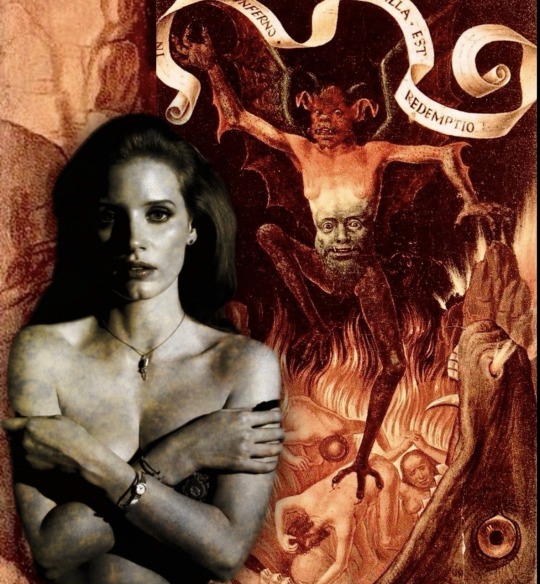
Jessica Chastain
Earthly Vanity and Divine Salvation, 1485. Hans Memling (Flemish, 1430-1494).
#fangledeities#jessica chastain#hans memling#frightened#hell#goddess#northern renaissance#flemish painting#pinup
6 notes
·
View notes
Text
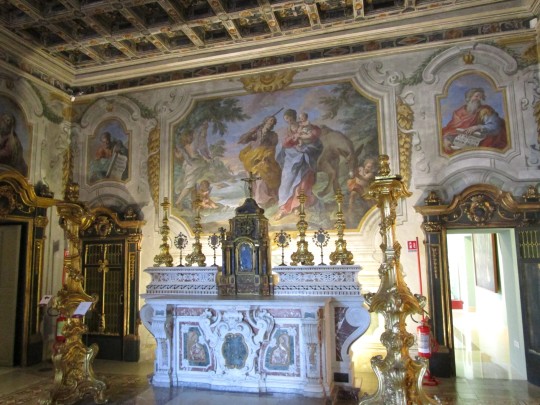
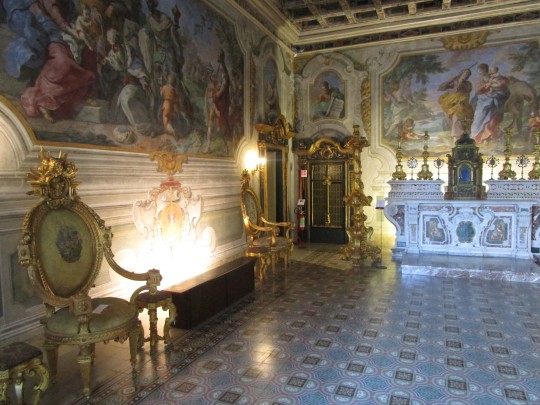

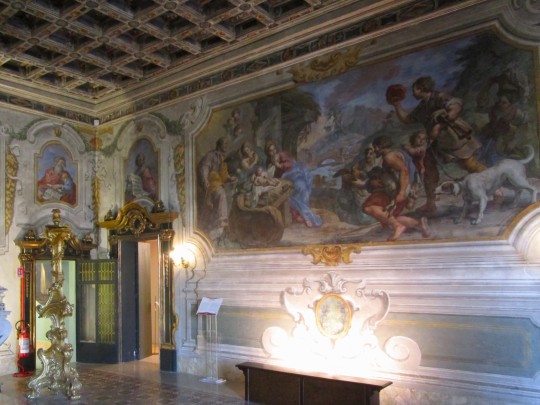
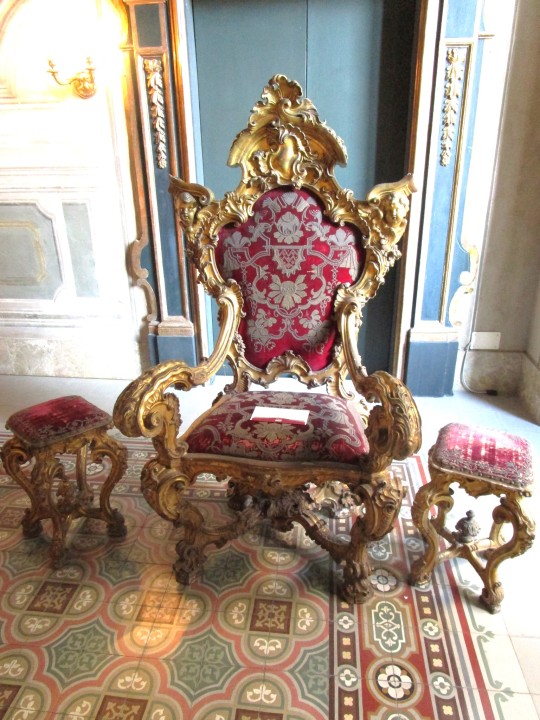
Borremans' Chapel - This room in the Archbishop's Palace in Palermo was frescoed in 1733-34 by the Flemish painter William Borremans. In the 20th century, Cardinal Archbishop Ruffini made it into his personal chapel by bringing in an altar and other Baroque furnishings from churches that had been demolished or redecorated. The palace is now the Diocesan Museum.
Photos by Charles Reeza
13 notes
·
View notes
Photo
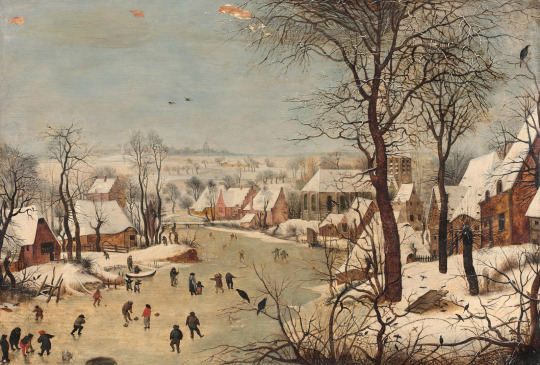
Pieter Brueghel the Younger, “Winter Landscape with Ice Skaters and Bird Trap”, 1565
32 notes
·
View notes
Photo
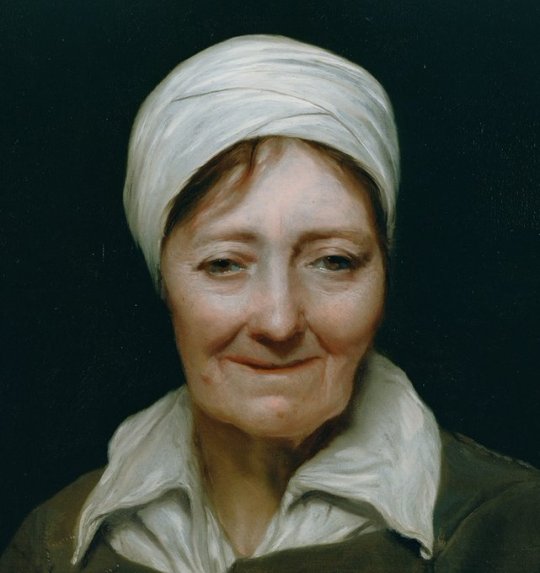
17th Century Flemish artist Michael Sweert “Head of a Woman”
11 notes
·
View notes
Text
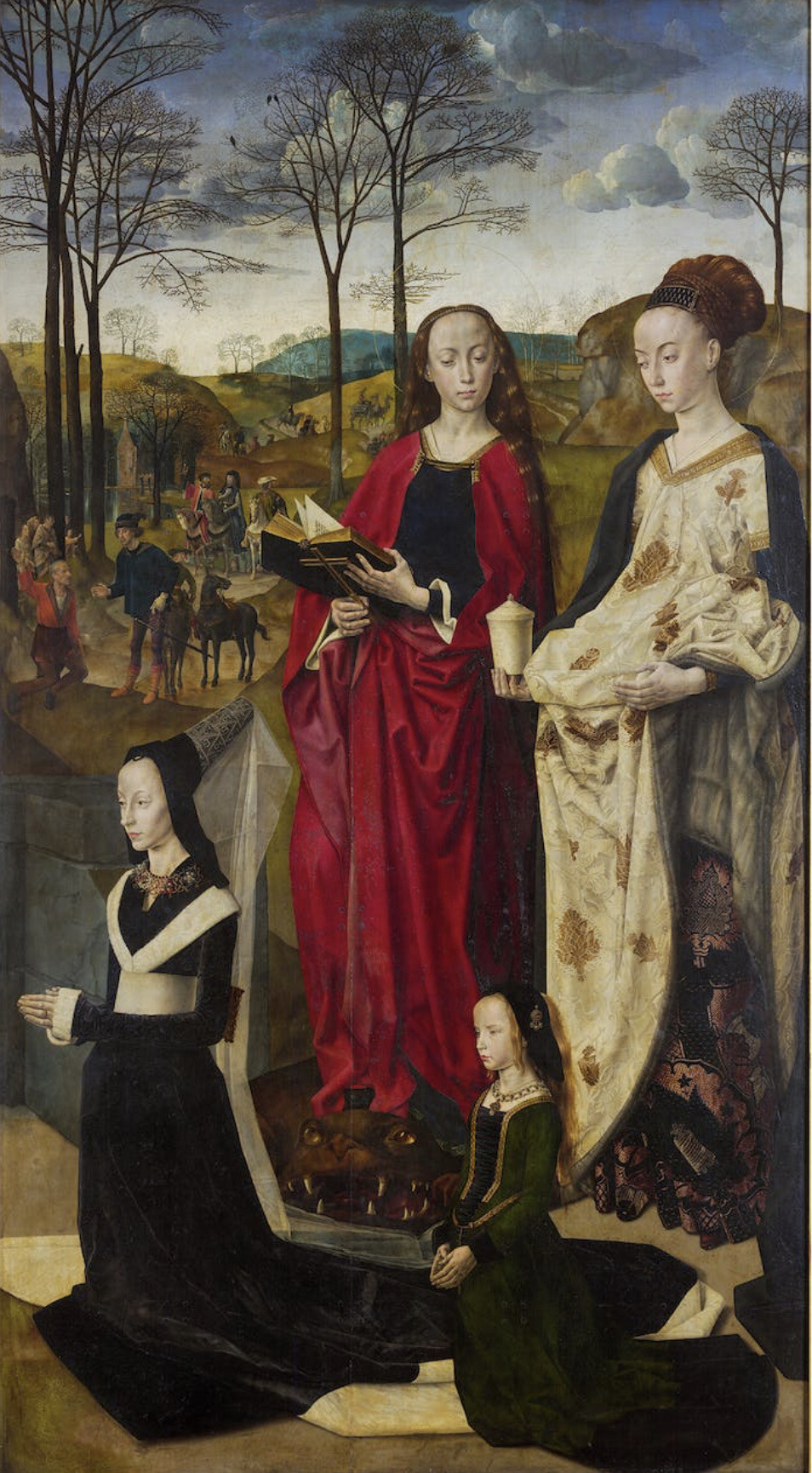
the right door of the Portinari Triptych, painted by Hugo van der Goes 1475-1478
#hugo van der goes#portinari triptych#portinari altarpiece#tommaso portinari#flemish painting#flemish art#netherlandish art#15th century art#oil painting#art history#saint margaret of antioch#mary magdalene#donor portrait#catholic art#catholicism
18 notes
·
View notes
Text
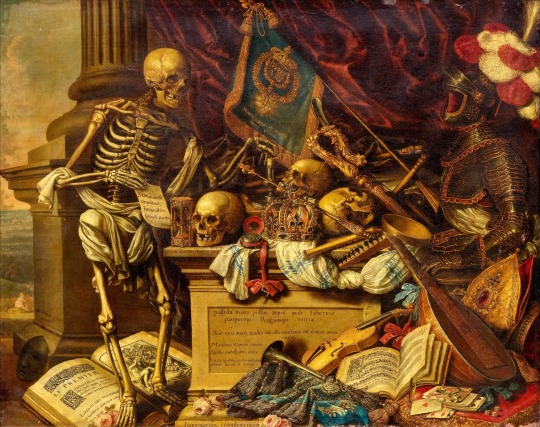
Carstian Luyckx
Memento Mori, still life with musical instruments, books, sheet music, skeleton, skull and armor
c.1650
#carstian luyckx#memento mori#vanitas#skeletons#skulls#skull art#skull aesthetic#aesthetic#flemish art#flemish painter#flemish artist#Flemish painting#iconography#skeleton aesthetic#beauty#art history#aesthetictumblr#tumblraesthetic#tumblrpic#tumblrpictures#tumblr art#tumblrstyle#artists on tumblr
82 notes
·
View notes
Text

Peter Paul Rubens — Portrait of the Infanta (or Princess) Isabella. circa 1615. detail
#peter paul rubens#art#art history#art detail#art details#detail#details#painting#17th century#17th century painting#flemish painting#flemish#rubens
74 notes
·
View notes
Photo

Pieter Bruegel the Elder - Landscape with The Flight into Egypt, 1563.
84 notes
·
View notes
Text
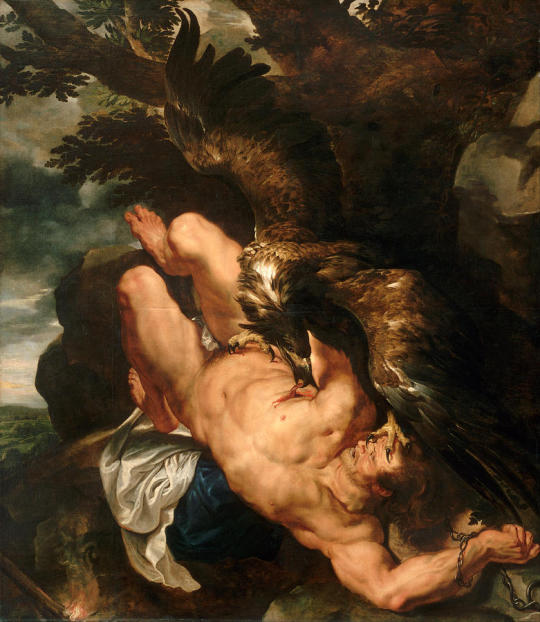
Prometheus Bound (Peter Paul Rubens, 1611-1612)
#art#painting#17th century#17th century art#17th century painting#1600s#1600s art#Baroque#Baroque art#Flemish art#Flemish painting#Peter Paul Rubens#Prometheus#greek mythology
26 notes
·
View notes
Text

World landscape: Landscape with Charon Crossing the Styx, oil on panel, 64 × 103cm Prado, Madrid.
Joachim Patinir, also called Patenier (c. 1480 – 5 October 1524), was a Flemish Renaissance painter of history and landscape subjects. He was Flemish, from the area of modern Wallonia,[1] but worked in Antwerp, then the centre of the art market in the Low Countries.
Patinir was a friend of not only Dürer, but also of the leading Antwerp painter Quentin Metsys, with whom he often collaborated. The Temptation of St Anthony (Prado) was executed in collaboration with Metsys, who added the figures to Patinir's landscape. His career was nearly contemporary with that of Albrecht Altdorfer, the other major pioneer of paintings dominated by the landscape, who worked in a very different style.
3 notes
·
View notes
Text
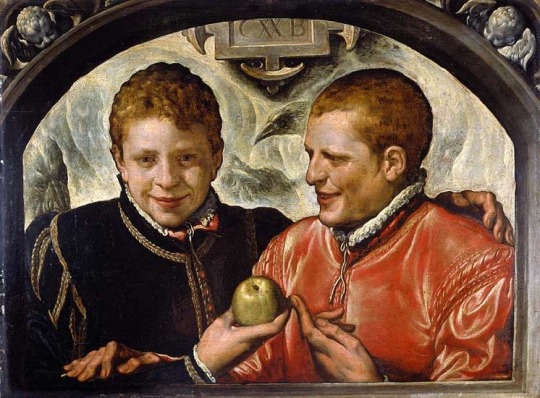
Crispin van den Broeck, Flemish (1523–1591), Two Young Men, Fitzwilliam Museum, Cambridge University
3 notes
·
View notes